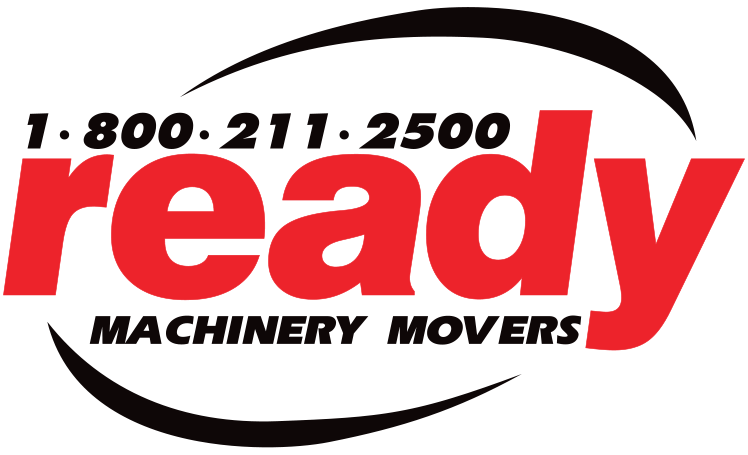Injuries in the workplace (especially environments where there is large equipment or heavy lifting) may seem unavoidable. However, with certain safety precautions, musculoskeletal injury and other types of physical damage can be averted.
According to the Ontario Ministry of Labour, musculoskeletal disorders (MSDs) were the number one type of work-related, lost-time injury reported to the Workplace Safety and Insurance Board (WSIB) in 2015-2016. Although not a medical diagnosis, MSD is an umbrella term used to describe a host of injuries, such as:
- Back pain (strains, disc injuries, etc.)
- Muscle strain
- Tendonitis
- Carpal Tunnel Syndrome (CTS)
- Rotator Cuff Syndrome
- Tennis Elbow (epicondylitis)
- Shoulder Pain (shoulder myalgia)
MSDs (everything from minor aches and pains to debilitating injuries) cause needless pain and suffering to employees. They also cost employers millions of dollars annually in lost productivity, overtime, equipment modifications, and retraining.

The Facts
MSDs account for:
- 43% of all lost-time claims
- 43% of all lost-time claim costs
- 46% of all lost-time days
An Ounce of Prevention
It might be obvious, but prevention is key. Curbing employee exposure to risk factors such as repetitive movements, fixed or awkward postures, or forceful effort is the best way to reduce MSDs from occurring. The effort to prevent injuries must be proactive and comprehensive. Establishing safety guidelines and raising awareness of potential hazards are equally important.
MSD awareness and prevention must be implemented as part of a complete workplace health and safety program. Assess and identify job-related MSD risk factors:
- Physical environment:
- How the work space is laid out
- Design of the building
- Environmental factors such as temperature
- Job-specific risk factors:
- Jobs involving lifting of heavy or bulky objects
- Twisting or bending
- Tight gripping, contact stress, awkward postures
- Individual risk factors of workers:
- Sex
- Height/Weight
- Age
- Physical condition
Train employees to create awareness of MSD risk factors in their job and around the workplace. Put controls in place to reduce exposure to risk factors:
- Use mechanical devices for lifting or moving heavy objects
- Adjust chairs or other furnishings to fit the worker
- Provide ergonomically designed tools
- Create work stations that are ergonomically correct
Educate employees about MSD hazards:
- The specific risks they face in their tasks
- The controls that are in place to protect them
- How to recognize MSD signs and symptoms
- What they should do if they experience MSD concerns
Follow up and check in regularly to ensure that the program is being followed and that it’s working:
- Schedule a yearly or twice-yearly program review and additional ones to respond to events in the workplace that lead to MSDs.
- Make changes if corrective measures aren’t working or major changes occur (like a plant relocation)

Be Watchful
It’s important, too, to recognize situations in your business environment that can contribute to MSD. Implementing a plan and educating workers is an excellent start, but processes have a way of subtly eroding without continual training and re-education. The Ontario Ministry of Labour recommends you watch for these signs among workers:
- Making their own modifications to tools or workstations
- Wearing splints or supports
- Massaging muscles or joints or shaking their limbs
- Commenting about or reporting pain, discomfort, or fatigue
- Avoiding a certain task or job because it hurts them
When you see these symptoms of a larger issue, review your safety plan and make appropriate changes.
Who Can Help Assess?
When assessing your workplace risk factors, create a team of people who are familiar with workplace health and safety and have training in MSDs. If no one in your company has the necessary expertise, bring in an Occupational Therapist to help with the initial assessment.
Next, either hire or build an internal health and safety team with the job of identifying and educating on MSD risk factors. Include:
- Representatives of departments and operations where MSD problems may occur
- Supervisors of high-risk operations or activities
- Safety committee members
- Workers who’ve experienced MSD symptoms or who are familiar with dangerous activities
Rely on worker feedback in this process. The people who know where the hazards lie are the people who use the equipment. They are an integral part of identifying and resolving workplace safety issues.

Tools for Assessment
There are several ways that MSD risk factors can be determined. The most obvious is direct observation (such as looking for some of the more subtle signs as outlined above). Other tools that can be implemented include:
- Injury logs and summaries
- Workers’ complaints of MSD symptoms or signs
- Accident reports including results of internal investigations
- Workers’ compensation claims
- Workplace audit results
- Recommendations and findings from outside consultants
- Interviewing and surveying workers and supervisors
Pick Your Battles
Few businesses have the scope or resources to address every single MSD risk and make the necessary changes. Once you’ve identified hazards in your environment, rank them and decide what (if anything) needs to change. Consider these four factors:
- Severity
- Intensity
- Duration
- Frequency of exposure
Once you’ve established the seriousness of a hazard, decide which protocols can reduce the risk. Education and awareness can accomplish a great deal, but you may need to determine that whatever costs in terms of workplace improvement far outweigh lost productivity, downtime, and employee suffering. Take all claims by workers seriously, review them, and ensure that there are clear guidelines for MSD reporting.

Workplace hazards are a given, but injuries don’t have to be. Establish protocols and provide workers with a safe environment where they can be risk-free of MSDs or other injuries.
At Ready Machinery, we take workplace safety seriously. When transporting heavy machinery, you need expertise, know-how, and peace of mind. For safe and hassle-free transport of heavy equipment for your business relocation or other purposes, dial our toll-free number: 1-800-211-2500.
